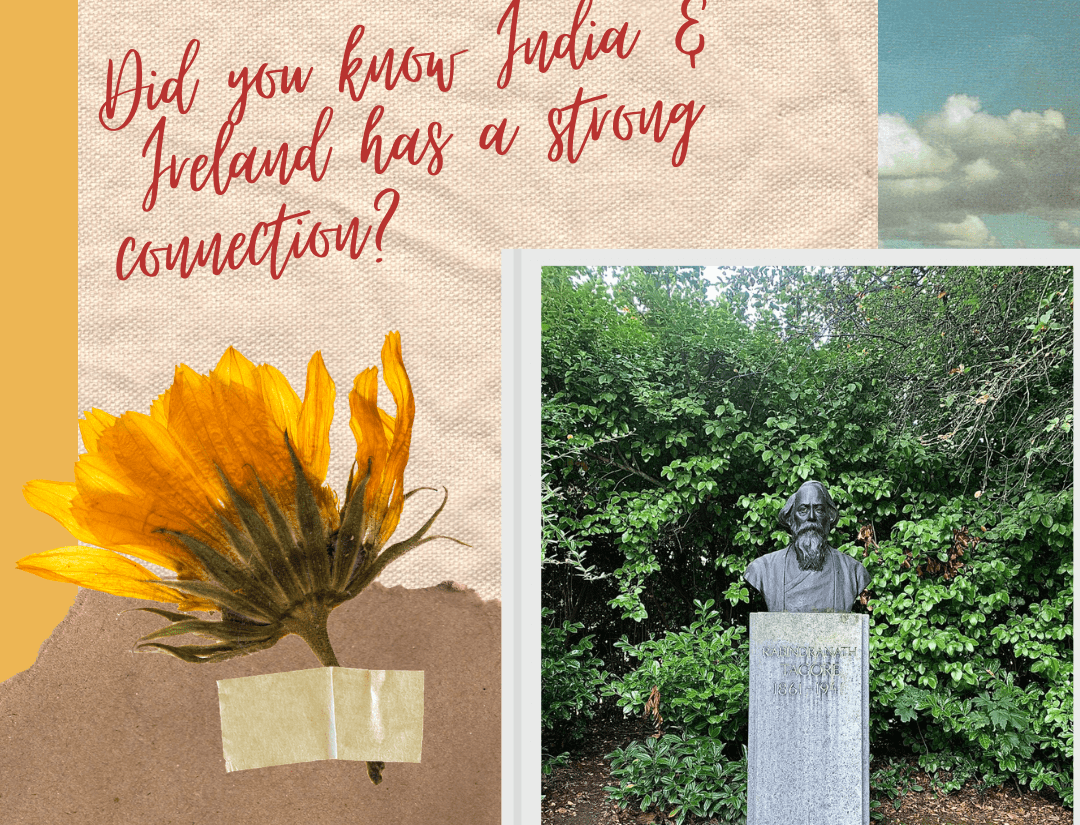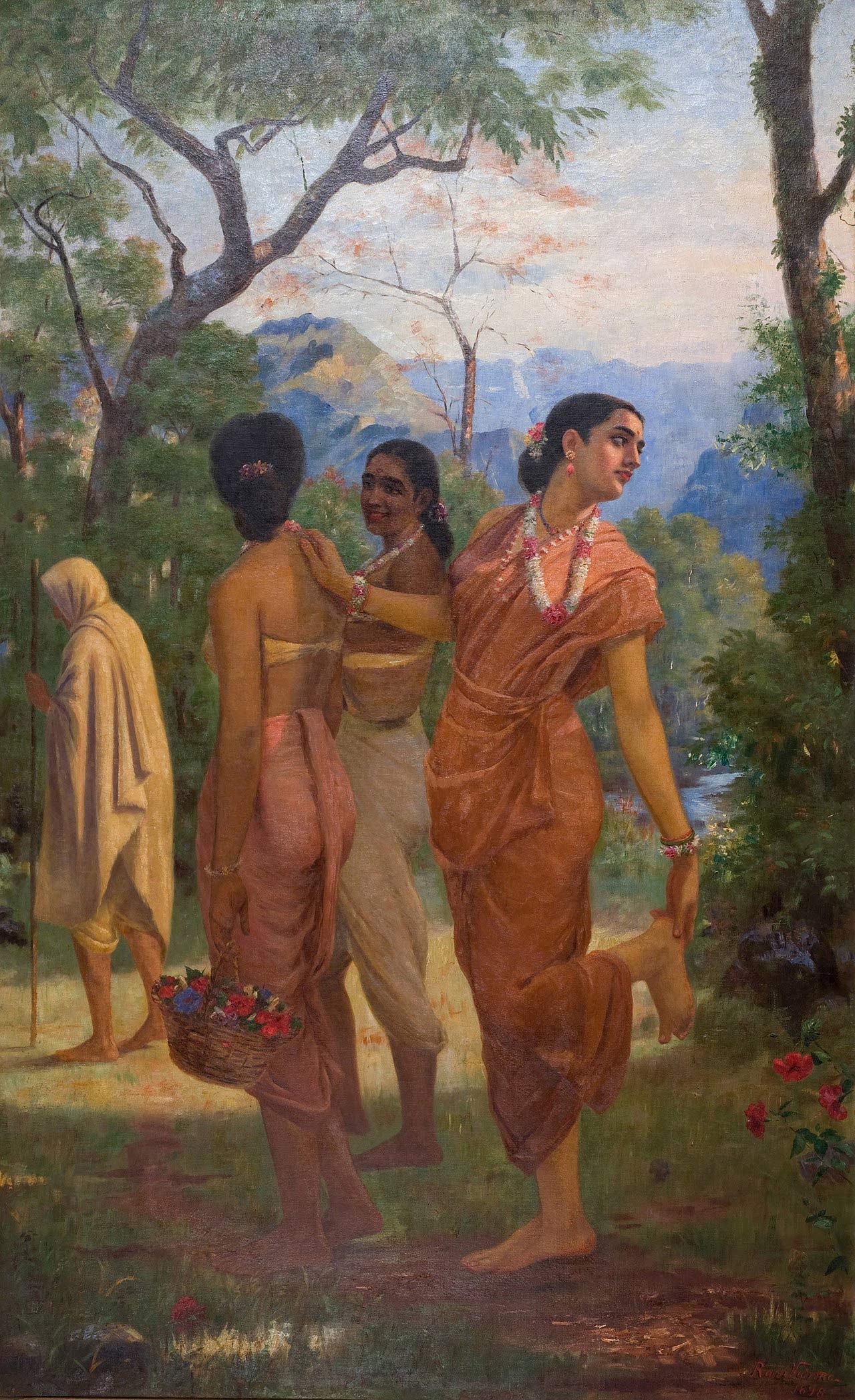
Article by EIH Volunteer Researcher and Writer
Divisha
Have you ever wondered why a road in Chanakyapuri, New Delhi is dedicated to Irish revolutionary Éamon de Valera?
In the early 20th century, Indian and Irish nationalism flourished and a political friendship between the nationalist leaders of India and Ireland. De Valera recognised that both nations fought for a common cause – independence from British rule. In his speech at an event hosted by the Friends of Freedom for India in New York in 1920, de Valera encouraged Indian and Irish nationalists to unite – “The great moral forces of the world are with India and with Ireland today. We must use them to the full, but we must never forget that we must ultimately rely upon ourselves if we are to be successful.”
Even after India and Ireland gained their independence, bilateral relations between the two nation states have continued. Authorities in New Delhi named a road after Éamon de Valera to honour Indo-Irish ties. This gesture was appreciated by Bertie Ahern, Irish Taoiseach in 2006 when he visited New Delhi. However, the Indian-Irish connection is not solely based on anti- imperialism.
As a reciprocal gesture, a bronze bust of Bengali Poet Rabindranath Tagore was placed in St Stephen’s Green in Dublin to commemorate the friendship that bloomed between Tagore and William Butler Yeats, literary contemporaries who developed a close friendship in the early 20th century. Although Tagore never visited Ireland, Yeats and Tagore met more than once in London. After reading Tagore’s poetry, Yeats was instrumental in popularising Tagore in the literary circles in London. Yeats wrote the introduction to Tagore’s English translation of Gitanjali in 1912. Yeats was deeply moved by Tagore’s poetry, stating in his introduction that he had carried the manuscript of these translations around with him for days in restaurants, omnibuses and trains and had ‘often had to close it lest some stranger would see how much it had moved me.’ The English translation of Gitanjali led Tagore to receive the Noble Prize for Literature in 1913. This was significant as the prize was bestowed on an Indian for the first time- Tagore was the first Asian to be awarded the award in 1913.





















